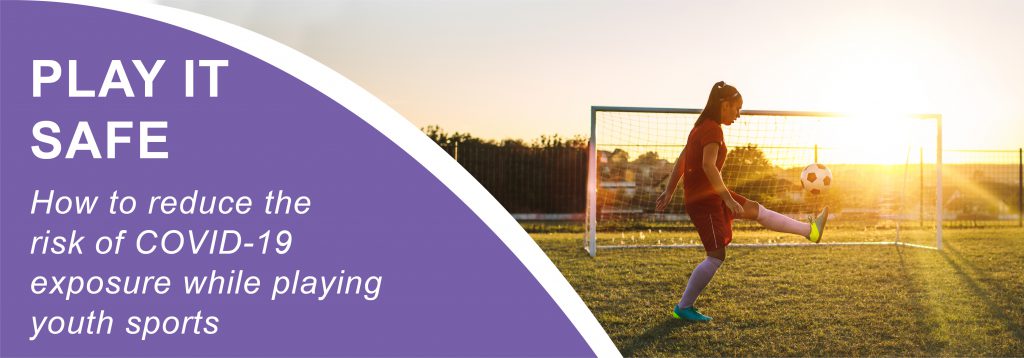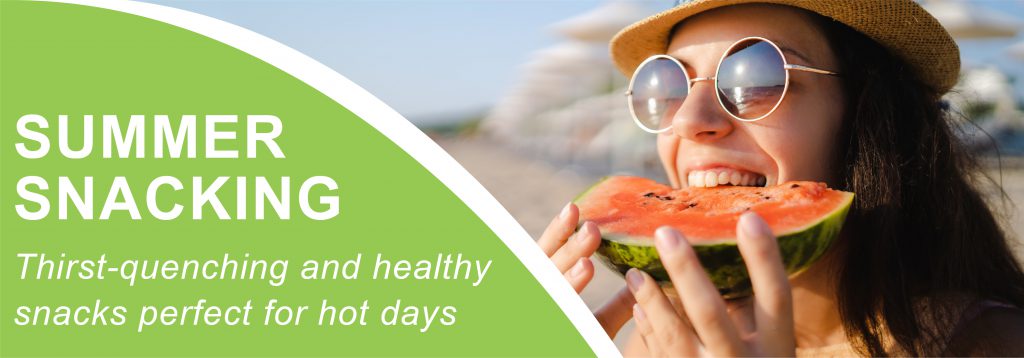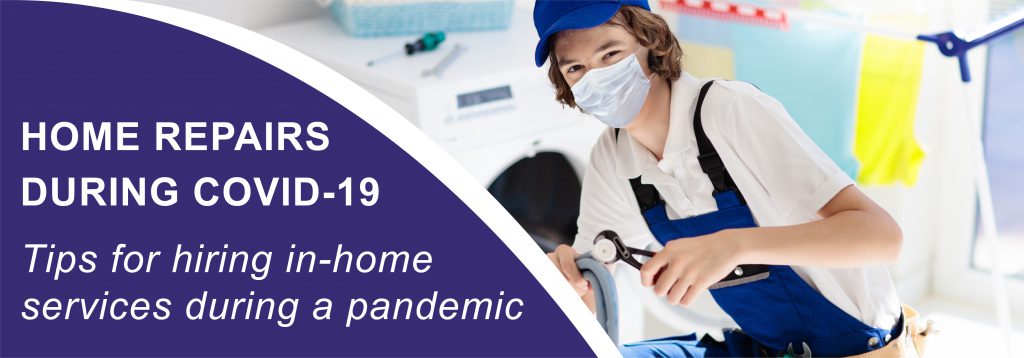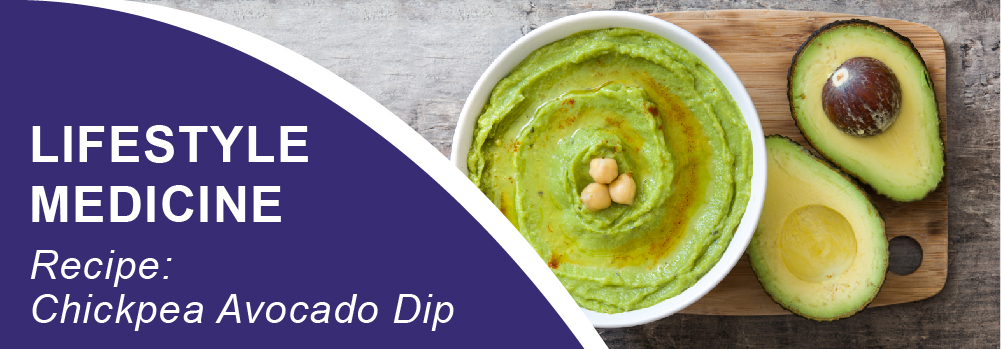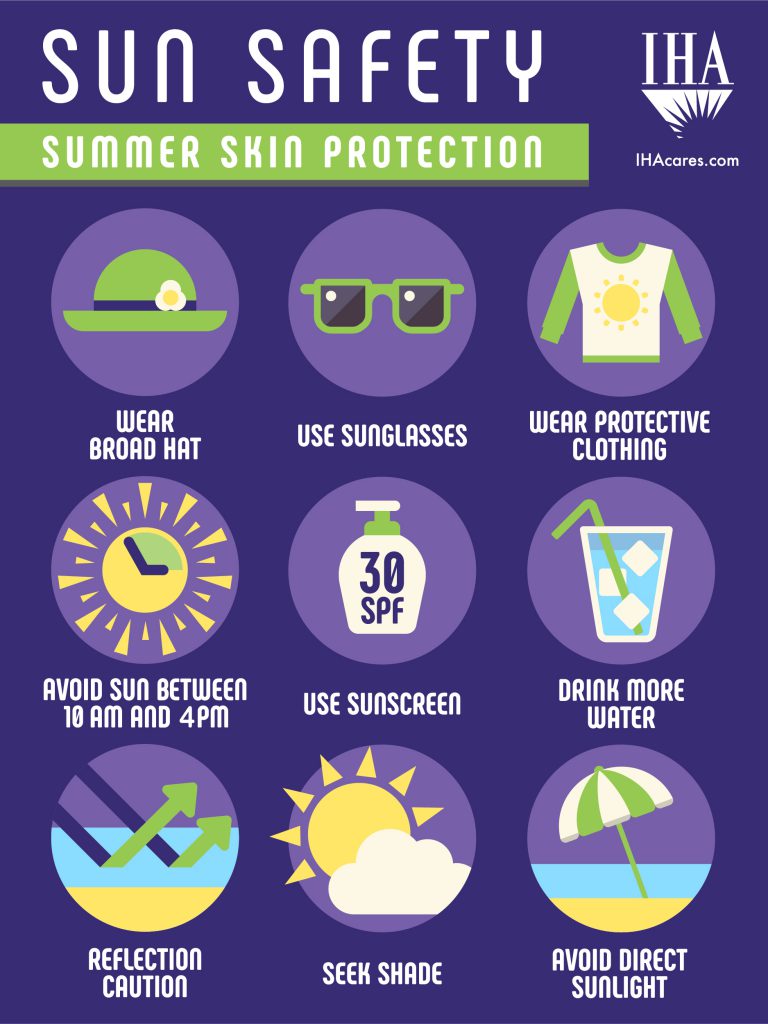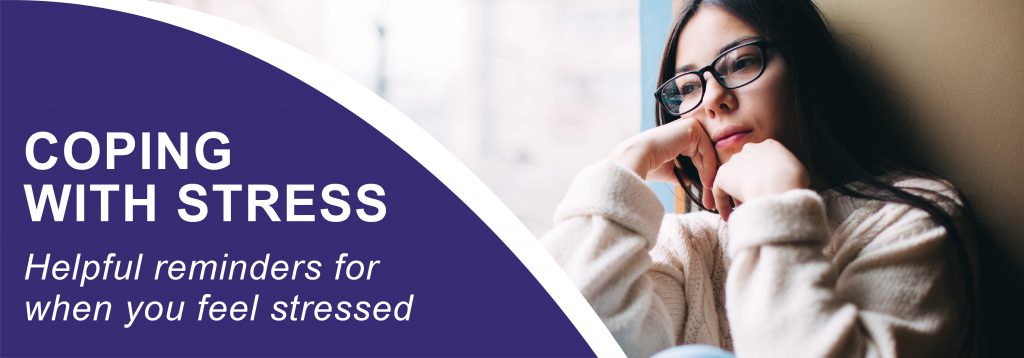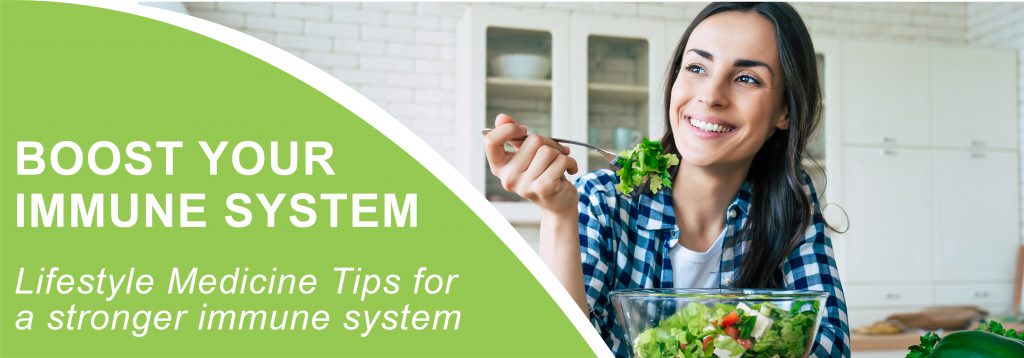
Traditional Thanksgiving gatherings with family and friends are fun but can increase the chances of getting or spreading COVID-19 or the flu. Please be sure to follow the Michigan Department of Health and Human Services (MDHHS) orders to make your Thanksgiving holiday safer and to help stop the spread of COVID-19.
The safest way to celebrate Thanksgiving this year is to celebrate with people in your household. If you do plan to spend Thanksgiving with people outside your household, take steps to make your celebration safer.
Wear a Mask
- Wear a mask with two or more layers to stop the spread of COVID-19.
- Wear the mask over your nose and mouth and secure it under your chin.
- Make sure the mask fits snugly against the sides of your face.
Stay at least 6 feet away from others who do not live with you.
- Remember that some people without symptoms may be able to spread COVID-19 or flu.
- Keeping 6 feet (about 2 arm lengths) from others is especially important for people who are at higher risk of getting very sick.
Wash your hands.
- Wash hands often with soap and water for at least 20 seconds.
- Keep hand sanitizer with you and use it when you are unable to wash your hands.
- Use hand sanitizer with at least 60% alcohol.
Attending a gathering.
Make your celebration safer. In addition to following the MDHHS order, consider these additional steps while attending a Thanksgiving gathering:
- Bring your own food, drinks, plates, cups, and utensils.
- Avoid going in and out of the areas where food is being prepared or handled, such as in the kitchen.
- Use single-use options, like salad dressing and condiment packets, and disposable items like food containers, plates, and utensils.
Hosting a gathering.
If having guests to your home, please limit the number of people based on the MDHHS order. Additional ideas that can make your celebration safer include:
- Have a small outdoor meal.
- Have conversations with guests ahead of time to set expectations for celebrating together.
- Clean and disinfect frequently touched surfaces and items between use.
- If celebrating indoors, make sure to open windows.
- Limit the number of people in food preparation areas.
- Have guests bring their own food and drink.
- If sharing food, have one person serve food and use single-use options, like plastic utensils and plates.
Consider new Thanksgiving activities.
Host a virtual Thanksgiving meal with friends and family who don’t live with you
- Schedule a time to share a meal together virtually.
- Have people share recipes and show their turkey, dressing, or other dishes they prepared.
Watch television and play games with people in your household
- Watch Thanksgiving Day parades, sports, and movies at home.
- Find a fun game to play.
Shopping
- Shop online sales the day after Thanksgiving and days leading up to the winter holidays.
- Use contactless services for purchased items, like curbside pick-up.
- Shop in open air markets staying 6 feet away from others.
Other Activities
- Safely prepare traditional dishes and deliver them to family and neighbors in a way that does not involve contact with others (for example, leave them on the porch).
- Participate in a gratitude activity, like writing down things you are grateful for and sharing with your friends and family.
Safe travel tips for college students.
There is no universal approach to Thanksgiving this year for colleges and universities. Though some are encouraging students to stay on campus for the holiday, others are allowing them to go home for the long Thanksgiving weekend. Still more are sending students home to begin their winter break or finish their semesters remotely.
Take the risk seriouslyYoung people have been identified as sources of some family outbreaks, infecting their older, more vulnerable relatives who live in the same household. Experts also point out that travel could increase students’ risk of exposure to the virus, and that holiday celebrations held indoors could facilitate transmission.
Self-quarantine and get testedIn the days before leaving campus, students should be tested, preferably with a PCR test, the laboratory test used to diagnose the coronavirus. Many colleges and universities have been regularly testing their students, and some have rolled out special guidance for holiday travel.
Source: Centers for Disease Control
Save Your Spot for drive-up COVID-19 testing at select IHA Urgent Care locations
During this pandemic, feeling sick can be scary. If you have symptoms like fever, cough, or shortness of breath, it is important to get tested for COVID-19. You should always contact your doctor with questions or concerns, but having test results will help with their recommendations for your care.
IHA offers convenient drive-up COVID-19 testing for new and established patients. We offer both PCR and Rapid tests. Your provider will determine which test is best for you based on your symptoms. Rapid testing is not always recommended. Do not go to your local IHA Urgent Care or emergency department for COVID-19 testing.
Patients in need of a COVID-19 test, please be aware:
1. You must have an appointment. Save Your Spot at one of our COVID-19 testing locations below.
2. Testing is being prioritized for symptomatic patients and patients who have had a high-risk exposure.
3. COVID-19 test results usually take 24 to 72 hours to return, but due to recent significant increases in testing – results are taking up to 5 days.
4. If you are not experiencing COVID-19 symptoms or have not had a high-risk exposure, please visit Michigan.gov to find an alternate testing location.


